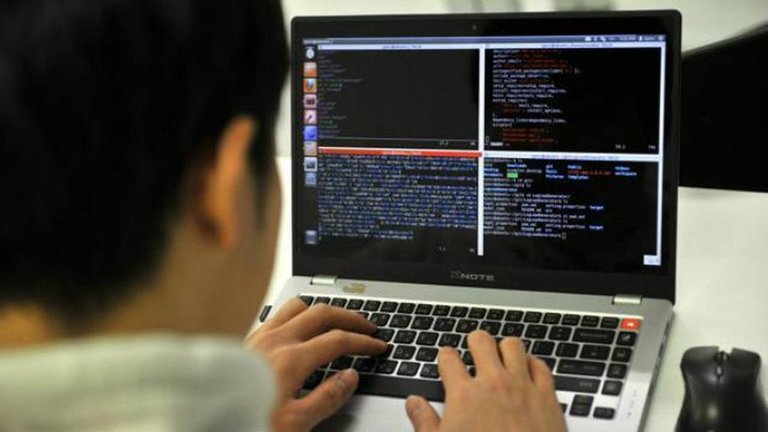Adelaide - Researchers from the University of Southern Australia (UniSA) work together with a large data organization to develop a system called Carbon, with a focus on predicting - and alerting authorities about - civil unrest.
This Carbon computer filters the vast daily data sources from various sites, Twitter, and Facebook streams - essentially millions of uploads on social media every day.
This computer uses a commonly used keyword dictionary and when they reach a threshold, it denotes a pattern that reminds researchers for a possible occurrence of an event.
Currently, the computer is used in conjunction with protests and rallies to predict when unrest or industrial actions will occur.
"We are training the Carbon engine with this data to try to understand the world and predict future events," said UniSA researcher Jeff Ansah, as quoted by Australia Plus, Friday (23/3/2018).
The Carbon System last year was accurately able to predict bus strikes, long before the official announcement of the demonstration was broadcast to the public.
On April 1, a number of train users in Australia were warned about a bus raid action planned on April 4, six days after the UniSA system issued a prediction.
The strike will send 50,000 train users abandoned in chaos and successfully avoided after bus and driver operators reach agreement.
"If we have some of these systems, we can publish warnings to the public before, the goal is not to stop an act like a rally going on, but forecast it beforehand," Jeff Ansah said.
Similar forecasting systems are being developed and used in America, but they use different research and modeling.
"We are exploring the intelligence and knowledge of social media to train the Carbon system to understand how human behavior and human interaction can predict an event, so we can use this knowledge to predict future protest events," he said.
"Data mining is complex but at a very basic level, this prediction model is a scientific version of an astrologer."
Academician from the Faculty of Information Science and Mathematics UniSA, Dr. Wei Kang, said the system is designed to warn relevant authorities and the Australian public.
"Based on the data we collect and analysis, we can produce fairly accurate predictions, so the police can plan disruptive events and hopefully divert them," said Dr Kang.
"We can also warn the public beforehand."
What else can be predicted?
It is estimated that this system has the potential to be expanded to predict health outbreaks, including pandemics, as people tend to discuss their health using hashtags such as flu.
The same analytics can mine public sentiment about the product, and impact on the stock market, estimate traffic congestion and even the next latest fad.
He believes as more data is acquired, the modeling will become more advanced and allow higher accuracy in predicting events.
"Its use is unlimited," he said.
"The main challenge is in storing and processing large amounts of data to extract the correct information.
"Data mining is so complex ... they specialize to tell us when, why and where an event will occur and who may be involved."
THANKS FOR UPVOTE, FOLLOW & RESTEEM


Great achievement. The power of technology.